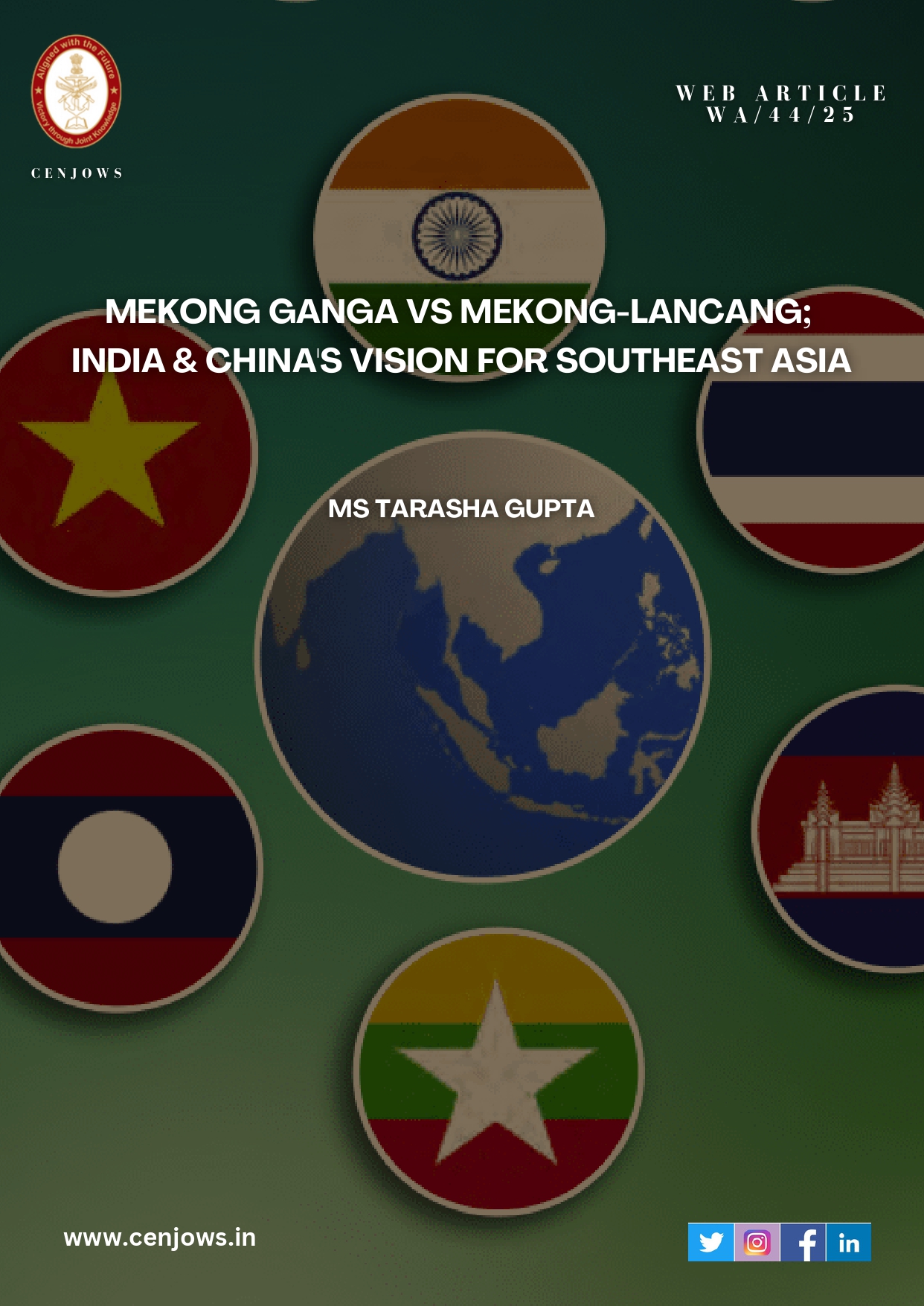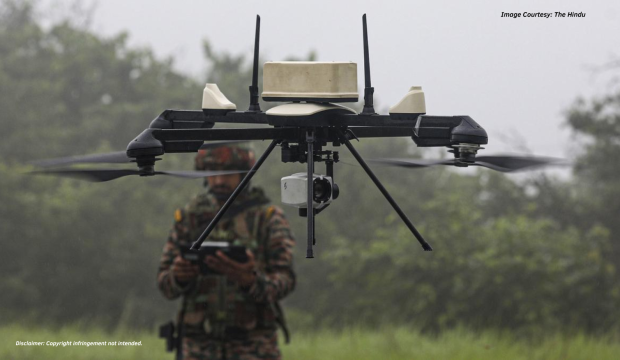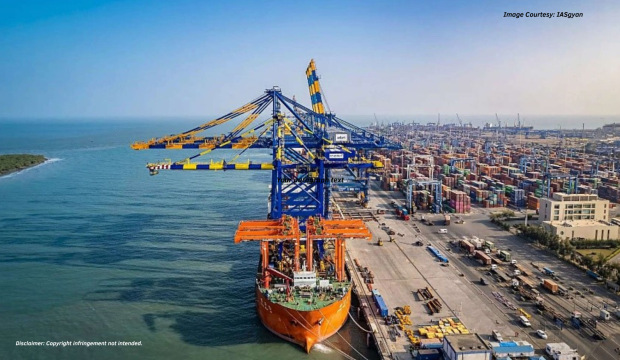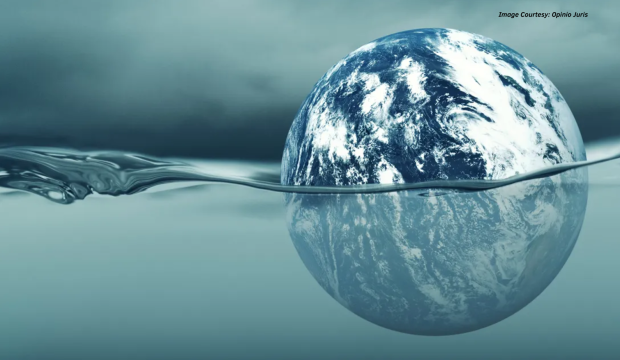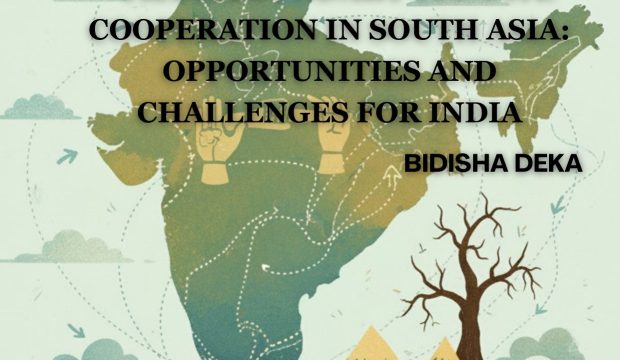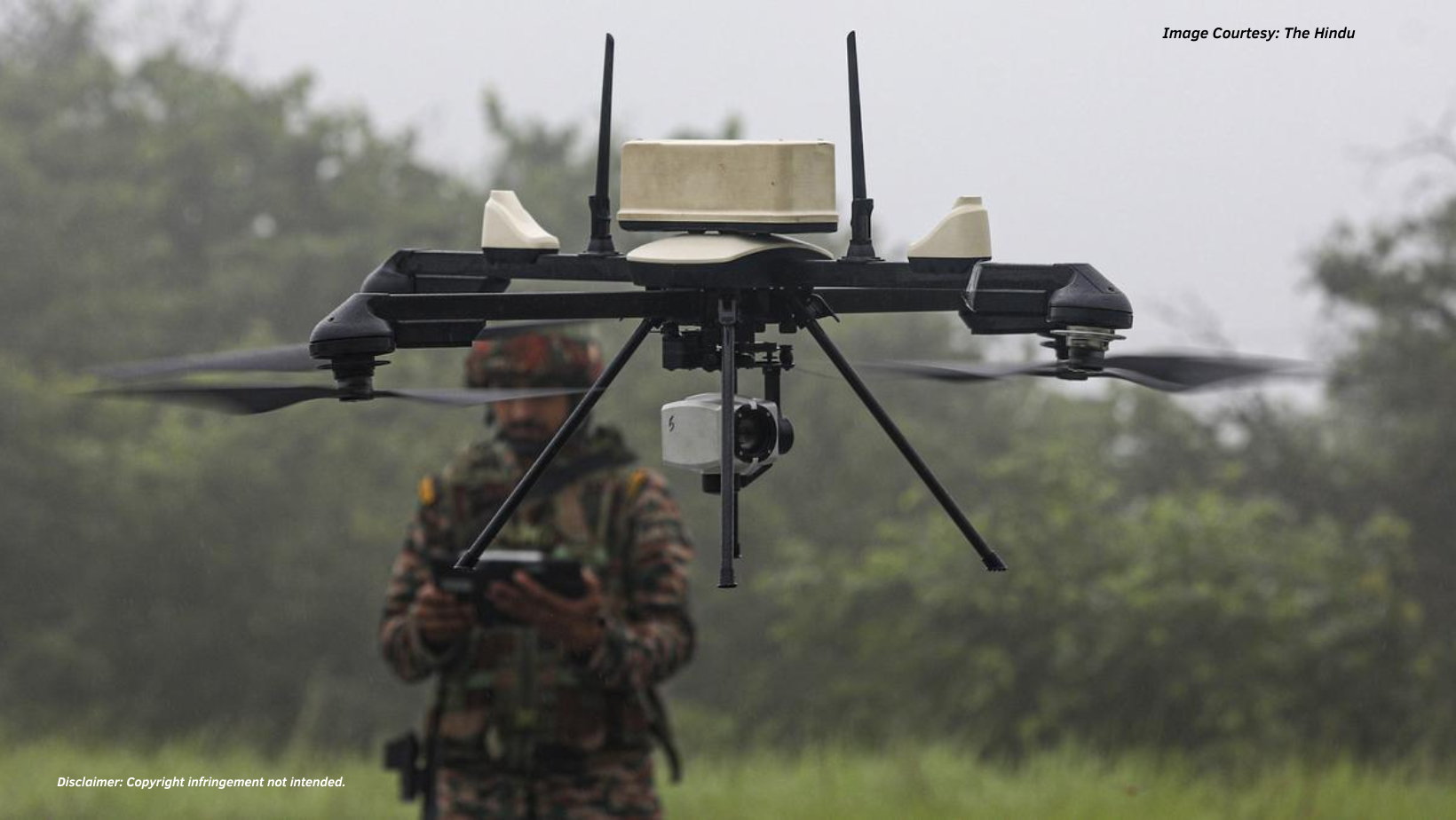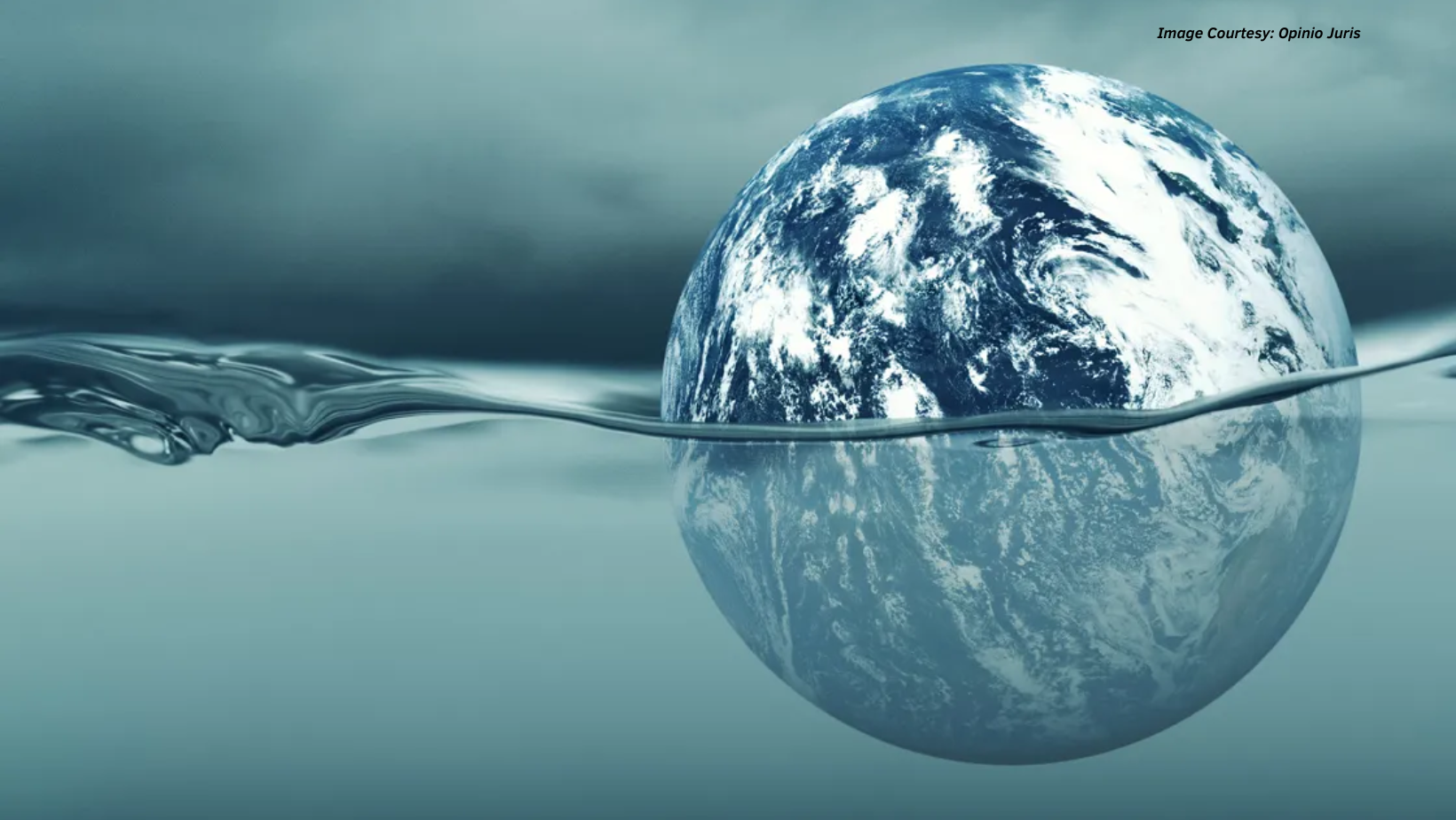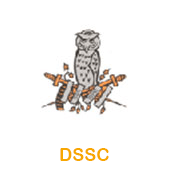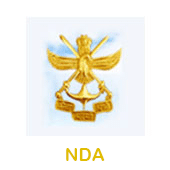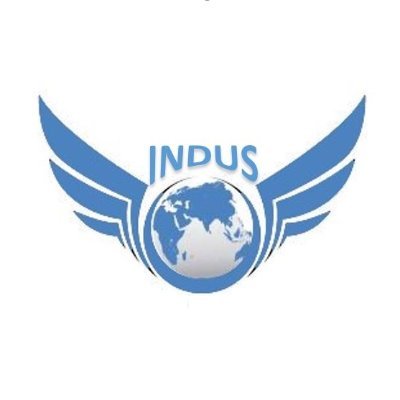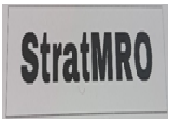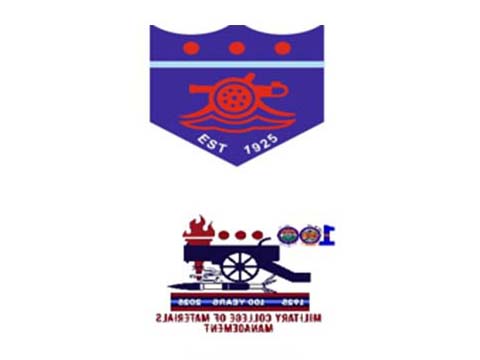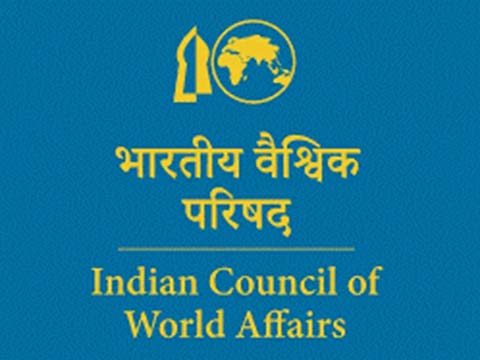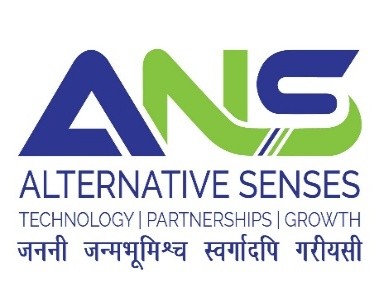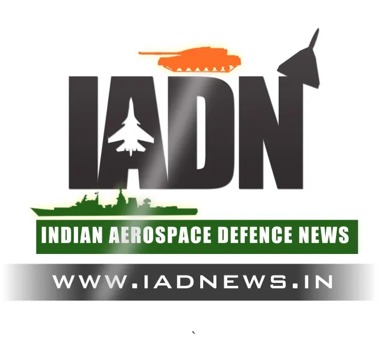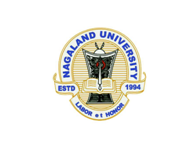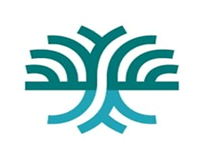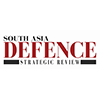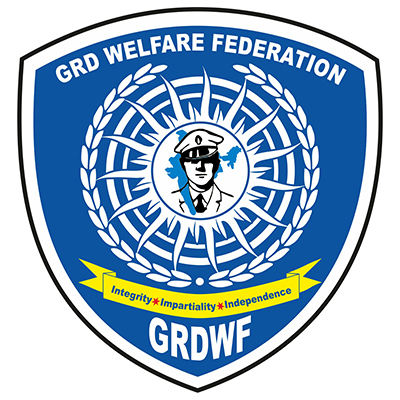Introduction
The Mekong River is the longest river in Southeast Asia, spanning the length of approximately 4,900 km and covering over six Asian countries.1 It is also nicknamed as the ‘Mother of Water’ as it is a crucial source of livelihood for the populations living around the Mekong basin, across particularly the Southeast Asian nations.2 Due to its resourceful nature and large scope for connectivity, the river has attracted the attention of various infrastructure and energy projects from not only the countries surrounding it, but also India and China, two major players in Asia’s playground.
The river basin is divided into two parts, namely the Upper and Lower Mekong.3 Now this sets the precedence of what the divide is between the Chinese part of the river and the Southeast Asian part, as the river is called Lancang by the rising Asian power. The Upper Basin constitutes over 24% of the total area, starting from the Tibetan Plateau and heads southwards, where it merges with the Three Rivers Area of China.4 The river becomes part of the trio along with Salween and Yangtze. Going down, the Lacang-Mekong Basin comes into the picture, which opens into the Lower Mekong Region and starts the course for the riparian countries to collaborate in regards to the transboundary river. The river further flows through the Northern Highlands area, covering parts of Thailand, Myanmar and Laos PDR, after which it flows through the Khorat Plateau where it is joined by other rivers in the region, lying in the northeast of Thailand.
When it goes down to the Tonle Sap Basin, it opens into the Great Lake. The Great Lake is the largest freshwater lake in southeast Asia, also called the Tonle Sap Lake situated in the Cambodian floodplains. The Mekong River ultimately passes through the Mekong Delta in Vietnam, and the ‘Nine Dragons’ area emerges, where the river gets divided into multiple tributaries and proceeds to drain into the South China Sea, ending its almost 5000 km long journey.5
Mekong-Ganga Cooperation (MGC) And India’s Vision
The Mekong-Ganga Cooperation has completed its 25 years of inception this year. This commemorative feat calls for the review of what this body actually entails. The MKC is an intraregional collaboration between India and five Association of Southeast Asian Nations (ASEAN), namely, Thailand, Vietnam, Laos PDR, Cambodia and Myanmar which was established by the signing of the Vientiane Declaration on Mekong-Ganga Cooperation.6This came into being during India’s ‘Look East’ Policy, which has now transformed into the ‘Act East’ Policy under the current government, which includes the larger Indo-Pacific region. The aim of the intergovernmental organisation is to facilitate greater connectivity and partnership between the South Asian economic power and the rising nations of Southeast Asia. In doing so, initially there were four sub-areas taken into account; tourism, culture and education and transport and communication.7This is in contrast to China’s Mekong-Lacang Cooperation (MLC), as the MKC proceeds with a more People to People (P2P) Approach, different from MLC purely economic development based blueprint.
Tourism as the first area of cooperation exhibits an attempt to revive the old civilisational links between Mekong and Ganga Rivers as well, which expands into the ancient ties between India and the Southeast Asian nations.8Buddhism plays a central role in this sector, with the spreading of knowledge through the education and culture sectors, the age-old relationships and links will increase tourism and help further P2P.
One of the major successes of the cooperation has been the establishment of the MGC Asian Traditional Textiles Museum in Cambodia.9This Museum showcases the rich cultures of the communities living alongside the rivers of Mekong and Ganga. The government of India sanctioned a $1 Million grant along with allotting the Indian Council of Cultural Relations (ICCR) to be responsible for the implementation of this project.10 The museum showcases the cross linkages of the nations while also providing training in textile work, thereby promoting capacity building, development and preservation of indigenous skills.
Education comes at a high priority to Asian nations, as such, the government of India has been contributing scholarships to students of the Mekong countries since the early 2000s. The Mekong-Ganga Cooperation (MGC) Scholarship Scheme is being given under ICCR for various programs across prestigious Indian universities. Along with that, India also offers the ASEAN scholarship, being provided specifically by the revived Nalanda University.11 India currently has over 50 Indian Technical and Economic Cooperation (ITEC) scholarships for Mekong countries to promote knowledge sharing and exchange in different areas.12
India’s main area of interest is the Lower Mekong region, where the ASEAN countries lie. One of the biggest projects includes the India-Myanmar-Thailand Trilateral Highway, a major connectivity initiative which aims to connect the three countries via road and will cover a distance of approximately 1,500 km.13 The highway has experienced many delays, currently envisioning completion by 2027, being postponed twice before.14 Several parts of the road are completed or approaching completion, but many hurdles remain, with the political instability of Myanmar being the biggest. The Kaladan Multi-Modal Transit Transport Project (KMMTTP) is also one such project which has been disrupted due to factors such as this. This is a major maritime connectivity project which is crucial to bridge India’s northeast with Southeast Asia and provide greater connectivity for transport to the seven sister states.15
Through the MGC, India’s approach under the Act East Policy has been shifted to passive economic outreach to a larger and broader focus on the Asian Pacific region, which includes not just economic support, but also capacity building, strategic alignments and an increased effort to deepen South-South cooperation.16India has since the last decade projected itself as not just an investor, but a partner to the global south nations, seeking areas of collaboration to further engagement at the highest and lowest levels. India views connectivity as a major key to regional integration and the strengthening of intergovernmental relationships, hence initiatives like the IMT Highway and the KMMTTP are not just infrastructure projects, but major strategic tools to increase P2P, cross-border trade and regional connectivity, which will lead to further enhancement of the economies of the nations. By linking the Northeastern states to the Southeast Asian nations, India aims to strengthen its role in the broader Indo-Pacific.
Mekong-Lancang Cooperation and China
The Mekong river is referred to as the Lancang river when it flows through Chinese lands, covering an area of about 2,100 km.17 Hence the cooperation was established with the joint names of a single river to promote a sense of oneness. The cooperation was formalised in 2015 at the 1st Mekong-Lancang Foreign Ministers’ Meeting, this came after the 17th China-ASEAN Summit in the previous year.18Building on the latter’s three foundational pillars, the MLC was established around its own ‘three pillars for cooperation’, which mentioned political and security issues, economic and sustainable development and social, cultural and P2P exchanges.19 These pillars are further divided into 5 priority areas, making it a ‘3+5 Model’ or the ‘3+5 Cooperation Framework’. This structure is designed to promote comprehensive development and deepen cooperation between China and the Mekong nations.20
The Mekong-Lancang Cooperation Special Fund (MLCSF) was launched alongside the MLC, with a total amount of over $300 Million.21 A research report from Thailand details the blueprint for project implementation under the MLCSF.22 A closer look at the document clearly reveals the extent of influence China holds in the regional grouping. It explains that the allocation of funding depends on the proposals the Chinese government sends to the Mekong nations via the embassies, and the project can only begin with the signing of cooperation agreements between the two and how a progress report has to be submitted to the Chinese embassy upon the completion of the project, as well as annual reports and financial reports about the development initiatives being undertaken.
This might not seem too significant, but China has proceeded to involve itself in these countries under this fund, a good example will be the $2 Million given to Cambodia to fund projects under 8 key sectors.23The MLCSF has further funded over 90 projects in the singular southeast Asian nation. One of the major reasons China is willing to invest in huge amounts of money under the MLC is because of where the river ends. As stated before, the Mekong river washes through the Mekong Delta and ultimately opens into the South China Sea, a region which China claims for itself but it contested on international grounds. With the Phnom Penh Declaration at the 2nd MLC Leaders’ Meeting, the management of water resources in a sustainable manner was called for, hence the Mekong-Lacang Water Resources Cooperation Center was established. A key responsibility of this center is information sharing on drought and flood management along with capacity sharing.24
Now, China claims a large part of the Upper Mekong Basin, and hence has proceeded to build over 12 big dams to generate electricity, along with over 95 tributary dams and 130 commissioned dams in the Lower Mekong Basin backed by the Southeast Asian nations.25These dams have had far-reaching and disruptive effects on the communities that depend on the river for their livelihood. The energy generating dams have restricted the supply of water to the lower basin nations, which has affected the rice production and the ecosystem of the river.26 Due to fast-paced development of water related infrastructure, indigenous aquatic species of the river have faced a decline, leading to the loss of biodiversity.
Conclusion
The Mekong River has been long considered the lifeline of Southeast Asia, but stands today at the crossroads of power projection and strategic realignment. For China, other regional groupings such as the United States’ Lower Mekong Initiative (LMI), Mekong-Japan Cooperation, along with the Mekong-Republic of Korea Partnership pose a threat to the Beijing’s desire to be the decision making authority of the river it considers for a huge part as its own.27 The MGC offers a more and direct people centric approach building out of shared culture and civilisational revival, on the other hand China’s infrastructure heavy strategy provides a more complicated and resources exhausting picture. While both groupings aim to foster regional integrations, the exhibit vastly different visions for the future of their relationships with Southeast Asia, one focused on building partnership for South-South cooperation and other on leveraging geopolitical tensions.
DISCLAIMER
The paper is author’s individual scholastic articulation and does not necessarily reflect the views of CENJOWS. The author certifies that the article is original in content, unpublished and it has not been submitted for publication/ web upload elsewhere and that the facts and figures quoted are duly referenced, as needed and are believed to be correct.
References
1. MRC. 2021. “Geography – Mekong River Commission.” Mremekong.org. 2021.
https://www.mrcmekong.org/geography/.
2.“Mekong, the Mother of Rivers – PhMuseum.” n.d. https://phmuseum.com/projects/mekong-the-mother-of-rivers.
3.”Geographic Regions – Mekong River Commission.” 2021. Mrcmekong.org. 2021.
https://www.mrcmekong.org/geographic-regions/.
4.Ibid
5.MRC. 2021. “Geography – Mekong River Commission.” Mremekong.org. 2021.
https://www.mrcmekong.org/geography/
6. “About Us – Mekong-Ganga Cooperation (MGC).” n.d. https://mgc.gov.in/about.
7. Ibid
8.Taha. n.d. “Mekong Ganga Cooperation: Historical Linkages and Future Collaborations.” https://thaiindia.net/information/in-focus/item/5028-mekong-ganga-cooperation-historical-linkages-and-future-collaborations.html.
9. “Welcome to Embassy of India, Phnom Penh, Cambodia.” n.d. https://embindpp.gov.in/pages?id=penRe&subid=DbDxb.
10. Ibid
11. “Welcome to Embassy of India, Phnom Penh, Cambodia.” n.d. https://embindpp.gov.in/pages?id=nel5a&subid=zbq2d.
12. Mekong-Ganga Cooperation (MGC). 2017. “Mekong-Ganga Cooperation (MGC) Background.” https://www.mea.gov.in/Portal/ForeignRelation/Brief_MGC_March_2017.pdf.
13.ERIA. 2020. “The India-Myanmar-Thailand Trilateral Highway and Its Possible Eastward Extension to Lao PDR, Cambodia, and Viet Nam: Challenges and Opportunities.” Report. ERIA Research Project Report FY2020 No.02a. ERIA.
14. Banerjee, Sreeparna. 2024. “Enhancing Connectivity and Regional Integration: The India-Myanmar-Thailand Trilateral Highway Project.” Orfonline.Org. November 4, 2024. https://www.orfonline.org/expert-speak/enhancing-connectivity-and-regional-integration.
15.Ahuja, Simran. 2025. “Transforming Cross-border Connectivity: Kaladan Multi-Modal Transit Transport Project – Southeast Asia Infrastructure.” Southeast Asia Infrastructure. March 3, 2025. https://southeastasiainfra.com/transforming-cross-border-connectivity-kaladan-multi-modal-transit-transport-project/.
16. Phakdeewanich, Titipol. 2023. “CAN MEKONG-GANGA COOPERATION(MGC) ENHANCE INDIA’S INTERESTS IN MAINLAND SOUTHEAST ASIA?” THE JMC REVIEW 7: 197–99. http://www.jmc.ac.in/the-jmc-review/content/.
17. “Lancang-Mekong River in Yunnan Province – Yunnan Tour, Yunnan Travel, Yunnan Travel Agency, Yunnan Trip, Yunnan Guide.” n.d. https://www.yunnanexploration.com/lancang-mekong-river-in-yunnan-province.html.
18. Sovachana, Pou, and Bradley J. Murg. “The Lancang-Mekong Cooperation Mechanism: Confronting New Realities in Cambodia and the Greater Mekong Subregion.” Edited by Ron Huisken, Kathryn Brett, Anthony Milner, Ric Smith, Philips Vermonte, and Jusuf Wanandi. CSCAP REGIONAL SECURITY OUTLOOK + ARF – The next 25 Years 2019. Council for Security Cooperation in the Asia Pacific, 2019. http://www.jstor.org/stable/resrep22260.16.
19. Ibid
20. F. n.d. “3+5 Cooperation Framework.” 澜沧江—湄公河合作中国秘书处.http://www.lmcchina.org/eng/2017-12/14/content_41449855.html.
21. Sothirak, Pou. 2021. “Cambodia’s Policy Toward Lancang–Mekong Cooperation: An Assessment.” In Series on Asian Regional Cooperation Studies, 1–16. https://doi.org/10.1142/9789811234316_0001.
22. Department of Finance, Ministry of Foreign Affairs, PRC. 2020. “Guidelines on LMCSF Project Application and Management.” Guidelines on Project Application and Management. https://ora.oou.cmu.ac.th/wp-content/uploads/2022/05/Guidelines-2.0.pdf.
23. “$2M Mekong-Lancang Fund to Support Eight Key Projects in Cambodia.” n.d. Kiripost. https://kiripost.com/stories/2m-mekong-lancang-fund-to-support-eight-key-projects-in-cambodia.
24. LI, Ge. 2023. “Lancang-Mekong Water Resources Cooperation.”
25. The China-Global South Project. 2023. “‘The Mekong Is Dying’: How China’s River Diplomacy Neglects Locals, Exacerbates Climate Change – the China-Global South Project.” September 5, 2023. https://chinaglobalsouth.com/analysis/the-mekong-is-dying-how-chinas-river-diplomacy-neglects-locals-exacerbates-climate-change/.
26. G, C. 2024. “Mekong Mainstream Dams.” Stimson Center, February. https://www.stimson.org/2020/mekong-mainstream-dams/.
27. Busbarat, Pongphisoot, Poowin Bunyavejchewin, and Thapiporn Suporn. 2021a. “China and Mekong Regionalism: A Reappraisal of the Formation of Lancang‐Mekong Cooperation.” Asian Politics & Policy 13 (2): 193–211. https://doi.org/10.1111/aspp.12575.

Ms Tarasha Gupta
is a Research Intern at CENJOWS

